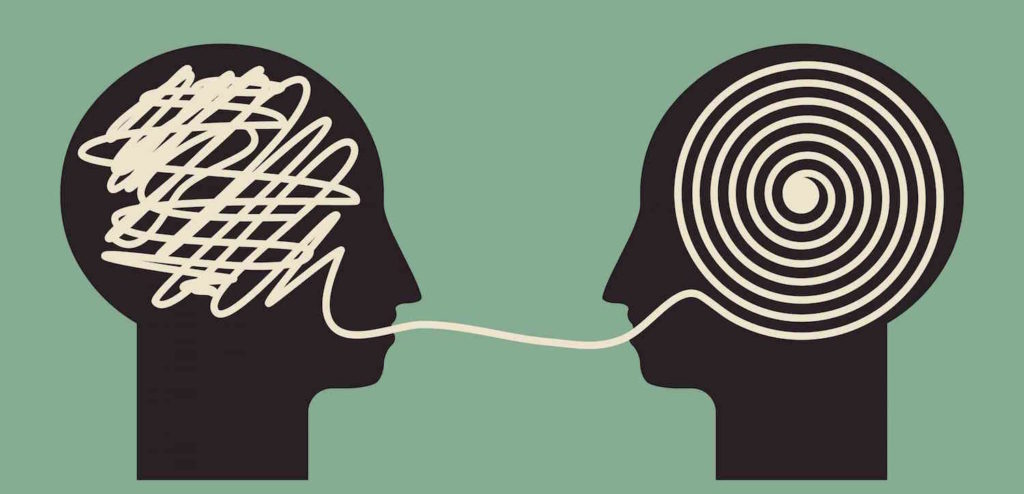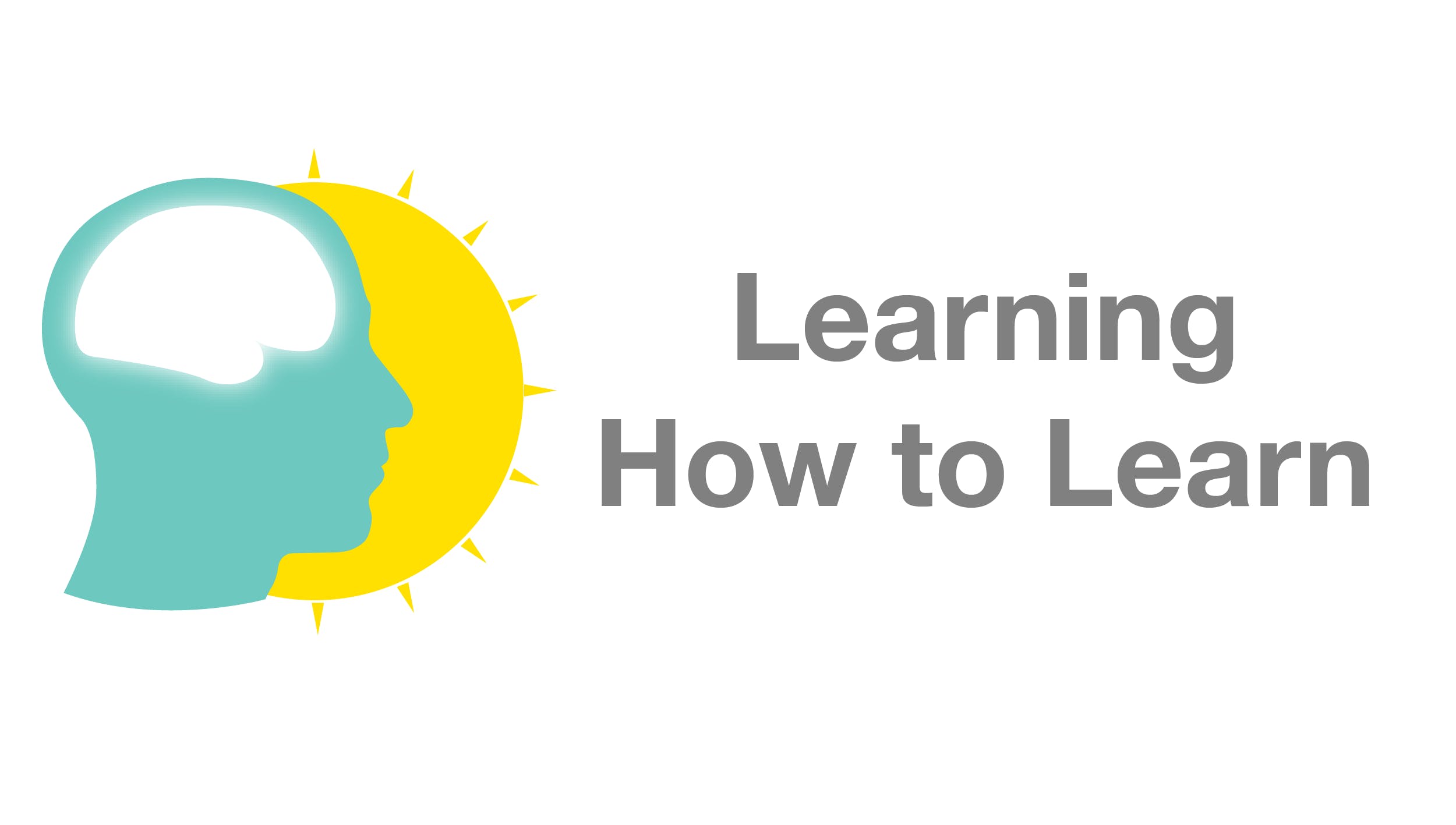About the course
Learning How to Learn is a Coursera course taught by
This course gives you easy access to the invaluable learning techniques used by experts in art, music, literature, math, science, sports, and many other disciplines. We’ll learn about the how the brain uses two very different learning modes and how it encapsulates (“chunks”) information. We’ll also cover illusions of learning, memory techniques, dealing with procrastination, and best practices shown by research to be most effective in helping you master tough subjects.
https://www.coursera.org/learn/learning-how-to-learn/home/info
The course involves 3 hours of video, 3 hours of exercises and test, and 3 hours of bonus videos and content.
Introduction
I first heard about learning how to learn years ago when it first came out. I was developing MOOC courses for The John Marshall Law School and this course was the most popular one. Reviews online talked about how it changed their way of approaching their study. People made it sound like it changed their life. Though I wanted to learn then, I wasn’t that invested. But what better time to start the course than when I’m trying to tackle big concepts of web development?
I think some praises for the course may have been overblown. But it’s never the less been one of the better experiences I’ve had taking an online course. It strengthened some of my concept of learning behavior while correcting others. For instance, I’ve been a firm believer in practising the material after learning it and repeating the practice over time. The course gave me concrete examples of why that was the case.
The course practices what it preaches. Using strong visuals to tie in the concepts you’re learning, giving you exercises, mini-test, exams, and supplemental materials, it successfully engrained each topic with general ease.
Strong Take Aways
Everyone will probably take away something that’s different over the 4 week course. Mine were the topics of Focused and Diffused, Chunking, Pomodoro, Deliberate Practice, and Interleaving.
Focused and Diffused

You can take advantage of the two modes the brain uses to learn, focused and diffused. When learning something new, your mind needs to go back and forth between focused and diffuse. Salvador Dali and Edison would relax to a sleep state before waking themselves up to focus on a task. It’s like weightlifting and growing muscle, a little bit every day. The course uses these two concepts as a foundational framework to teach the rest of the course
Chunking

Chunks are compact packages of information that your mind can easily access. The mental leap that helps you unite mental bits of information together form new meaning. Since our working memory only has access to four or so threads of thoughts at a time. Chunking, or grouping information, makes it easier to remember and form a bigger picture. Gradually putting various pieces of skills together to master into a chunk, and repeating the concepts learned will help more so than the breakthrough in understanding the concept.
Recall is one of the best ways to help the chunking process and helps you develop neural hooks to better understand the material. Transfer is the idea that a chunk you’ve mastered in one area can often help you much more easily learn chunks of information in different areas that can share surprising commonalities. Interleave your learning by practicing your choice of different concepts, approaches, and techniques all in one session
Illusion of Competence
I found great comfort in knowing that mistakes are good. Here’s why. The Illusions of competence can greatly hinder your learning process. Learn to recognize when you’re fooling yourself into thinking you’re actually learning the material. Testing yourself can help yourself to learn, it’s almost like
- Use mini-test to test yourself and find out
- Mistakes are good
- Use deliberate practice what you find difficult
Procrastination and Memory

Pomodoro
The Procrastination and Memory module emphasizes the use of the
The Pomodoro Technique is a time management method developed by Francesco Cirillo in the late 1980s. The technique uses a timer to break down work into intervals, traditionally 25 minutes in length, separated by short breaks.
https://en.wikipedia.org/wiki/Pomodoro_Technique
Giving yourself for 25 minutes to achieve a task takes away the stress of accomplishing tasks and shifts it to the process of the task. I’ve used the Tomato Timer before to help me keep focused on tasks. But it re-enforced my understanding of the Pomodoro technique with why it works and how we deal with procrastination.
Procrastination
We procrastination for things that make us a little bit uncomfortable. You funnel your attention into a more pleasant task, like social media! This causes you to feel better in the short term but the long term effects are terrible. It has similar traits to addiction in the brain. You must become the master of your habit!
Process versus Product
Use mental tools and tricks to inspire and motivate yourself. How you handle the initial negative feelings, like the discomfort felt from wanting to procrastinate, matter. Once you start, you’ll feel better.
Focus on the process, not the product.
And More!
There’s so much more that the course covers. Here are some other topics:
- Metaphor and Analogy
- Working and Long Term Memory
- How Sleep Affects the Brain
- Overlearning and Interleaving
- Einstellung
- Zombies
- Effective To Do Lists
- Memory Palace
- Exercise and Learning
- Imposter Syndrom
- Deliberate Practice
- The Value of Teamwork
Conclusion
How can I apply this in learning development? I started using the Pomodoro technique after the module that talked about it. I use Tomato Timer a web app, although I would really like a physical timer I could use at my desk and anywhere else. But the most important part I think I’ll use is deliberate practice, balancing your study by deliberately practising what you find difficult. I complain often about the concepts that are hard to grasp. Currently, I have trouble understanding Eloquent, but more importantly, linking the concepts to proper database design techniques. It only makes sense to practice what I find difficult.
I’ve talked to some friends about the course who have either heard about it or taken it themselves. Everyone, including me, agrees that they’ve taken away a valuable lesson from the course that will help change the way they learn. If I could, I would have this course as a mandatory curriculum in all schools. It’s crazy that it’s free.
